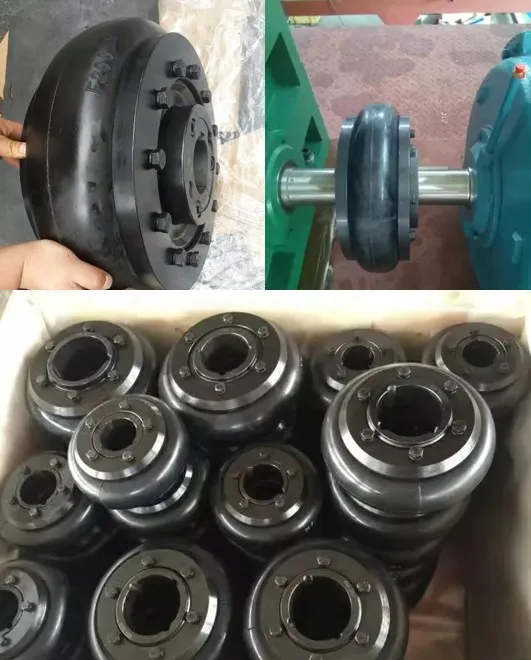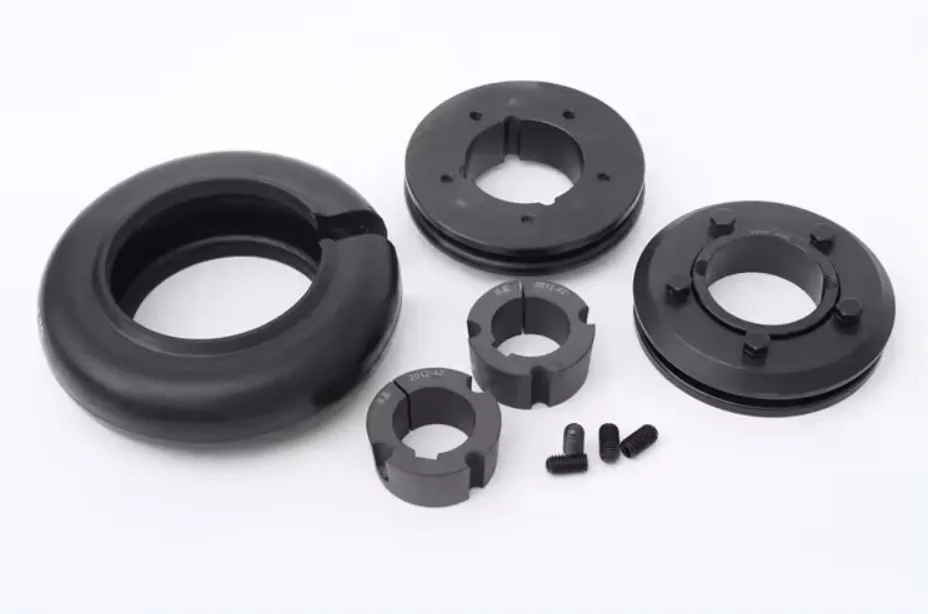Rubber Coupling Plumbing: The Ultimate Guide

Introduction
Rubber coupling plumbing is a crucial component in various plumbing systems. This article aims to provide a comprehensive understanding of rubber coupling plumbing, its uses, benefits, and installation process. Let’s explore the world of rubber couplings and how they can enhance your plumbing system.
1. The Basics of Rubber Coupling Plumbing
Rubber couplings are flexible connectors used in plumbing systems to join pipes of different materials or sizes. They provide a watertight seal and allow for some movement and flexibility, reducing stress on the pipes. The key features of rubber couplings include:
- High elasticity and flexibility: Rubber couplings can accommodate slight misalignments and vibrations.
- Durable construction: Made from high-quality rubber materials, these couplings offer longevity and resistance to wear and tear.
- Quick and easy installation: Rubber couplings require no special tools or adhesives for installation, saving time and effort.
- Wide compatibility: They can connect pipes made of various materials, including PVC, cast iron, and copper.
- Leak-proof design: The rubber material forms a tight seal, preventing water leakage.
2. Installation of Rubber Coupling
Installing a rubber coupling in your plumbing system is a straightforward process. Follow these steps:
- Measure the diameter of the pipes you need to connect.
- Cut the rubber coupling to the appropriate length using a sharp utility knife.
- Slide the rubber coupling onto one end of the pipe.
- Repeat the process for the other pipe end.
- Ensure the coupling is properly aligned with both pipes.
- Tighten the stainless steel clamps included with the coupling to secure it in place.

3. Choosing and Customizing the Right Rubber Coupling
When selecting or customizing a rubber coupling, several important parameters and factors need to be considered:
- 1. Size and diameter: Ensure the coupling matches the size and diameter of the pipes you intend to connect.
- 2. Material compatibility: Consider the material of the pipes and choose a rubber coupling suitable for the specific material.
- 3. Temperature and pressure ratings: Check the coupling’s temperature and pressure limits to ensure it can withstand the demands of your plumbing system.
- 4. Flexibility requirements: Evaluate the level of flexibility needed and select a coupling with appropriate flexibility properties.
- 5. Environmental conditions: Consider factors such as exposure to chemicals, UV radiation, or outdoor elements, and choose a coupling with suitable resistance properties.

About HZPT
HZPT, located in Hangzhou City, Zhejiang Province, is a modern enterprise specializing in the research, development, production, and international trade of coupling products. We are committed to providing high-quality rubber couplings and other coupling series to customers worldwide. Our company’s key advantages include:
- Extensive product range: We offer a diverse range of coupling products, including drum couplings, pin couplings, serpentine spring couplings, universal couplings, star couplings, expansion couplings, membrane couplings, and tire couplings.
- Quality and innovation: Our products are manufactured using advanced technology and adhere to strict quality standards. We have our own R&D and testing departments to ensure product excellence.
- Global presence: With a strong presence in Asia, Europe, Africa, and North America, we aim to become a globally influential international group.
- Professional services: We provide excellent sales services and technical support to our customers, focusing on customer satisfaction and long-term partnerships.
- Customer-centric approach: We prioritize customer needs and strive for mutual development through sincere cooperation.
